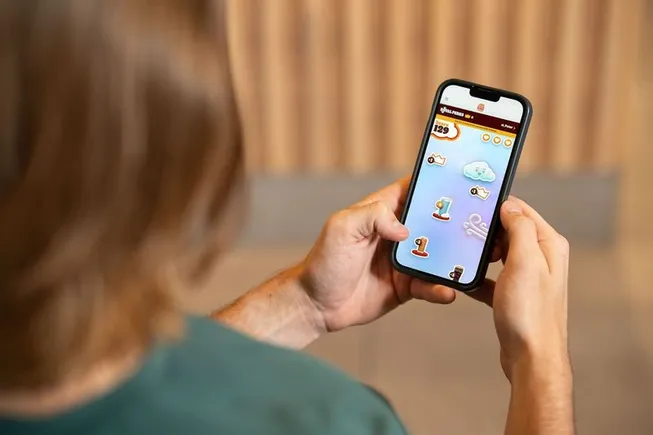Burger King recently launched a new video game for its 70th birthday called Balloon Burst that gave members of the chain’s Royal Perks loyalty program an opportunity to enter a sweepstakes and earn points. Balloon Burst arrived just a month after the QSR offered the Cloud Float game for four weeks to promote its new Frozen Cotton Candy beverage.
These examples reflect the key role games play in Burger King’s marketing strategy, helping the chain build brand affinity and increase guest loyalty. Games are also a stimulus to encourage fans to sign up for Royal Perks, which is available online and via a mobile app.
The results are promising: Gamification is driving engagement for guests participating in these efforts, according to Preston Nix, director of loyalty and customer relationship management at Burger King.
“They start to come more frequently and they start to spend more, driving that stickiness of our brand,” Nix said. “We’re in a hyper competitive industry and we’ve seen [gamification] drive up that positive sentiment towards the brand.”
A strong connection
For Burger King, the goal of its gamification strategy is to create an emotional connection by going beyond rewards and offers to provide a touch point for loyalty members who want to engage with the Royal Perks app.
“We have to come up with other ways to get [customers] to engage with our brand,” said Nix. “That’s what these campaigns are: we want people to come into the stores and the app more frequently. The best gamification drives engagement of our active base and brings in new guests to the brand as a whole.”
Broadly speaking, it can be beneficial to the bottom line when brands put a greater focus on building long-term customer relationships and aren’t so reliant on the short-term profits driven by promotions.
“We are living in an economy that is reliant on relationships — frequent and active engagement,” said Arlene Spiegel, founder and president of Arlene Spiegel & Associates, a restaurant consulting firm in New York. “Most diners experience the brand on their phones — greeting by name, ordering, paying, rewarding, thanking. Games are an enticing way to own the highest-valued real estate in today’s digital world: embedding your brand’s app on a smartphone.”
Making it better
As Burger King launches more games, it continues to refine its gamification strategy. One important lesson the company has internalized is that the games have to be authentic and lean into the brand’s core messages, such as that its burgers are flame grilled.
“If you go into it in an authentic way, consumers will receive it in an authentic way,” Nix said.
Another key lesson is the importance of making games as seamless as possible for the guest and as easy as possible for them to participate, feel rewarded and valued. Excitement was high for Cloud Float, Nix said, attributing the game’s success to the variety of rewards and offers that were offered and graphics that showed off the Frozen Cotton Candy beverage.
The chain does not have a calendar it sticks to for introducing new games and instead tries to release them around key opportunities, like when it’s launching a limited-time offer or there’s a connecting moment, like Burger King’s 70th birthday.
The games are all unique and Burger King prioritizes reviewing the performance of each, where people are engaging with the brand, where they’re dropping off and how the experience can be improved. And the games will never repeat, even if they’re highly popular, per Nix.
“You want things to feel fresh and new,” he said.
Nostalgia meets modernization
Not surprisingly, games appeal largely to younger audiences like Gen Z and millennials. However, Burger King also tries appeal to broad segments through games.
“We are a large brand and we want to cater to everyone as a whole,” Nix said.
To reach older consumers, Burger King leans heavily on nostalgia, including in Balloon Burst, which is a twist on a classic carnival game and includes Stout King, a popular figure from early Burger King days.
“It’s classic nostalgia-meets-modernization, which is what the Burger King brand is all about,” Nix said.
Having a gamification strategy in the “hyper-competitive” burger industry is table stakes, he continued.
“Nowadays everyone has a rewards program and offers and the winners of this space are the ones who can lean into taking it one step further. We want the guest to come in and drive traffic but we also want them to come in and engage with the brand in a way they want.”





